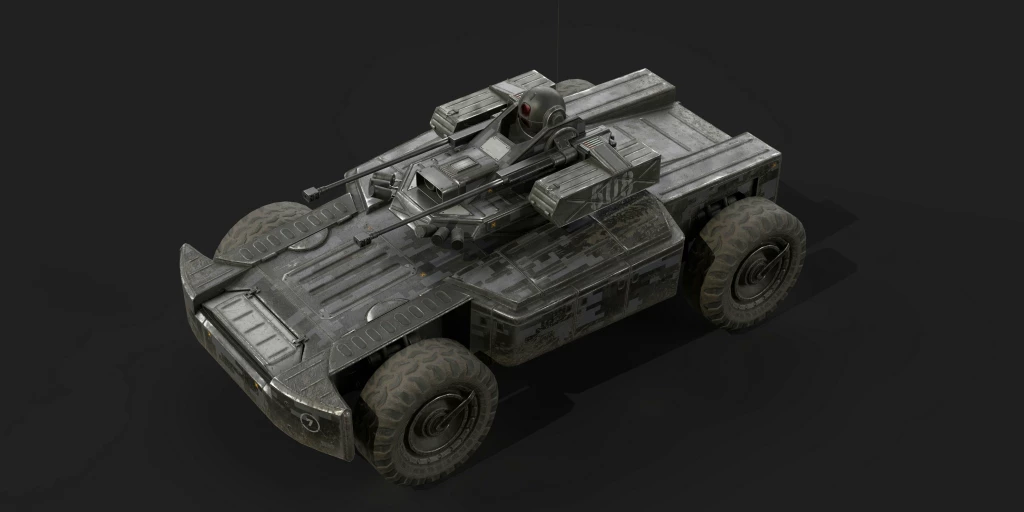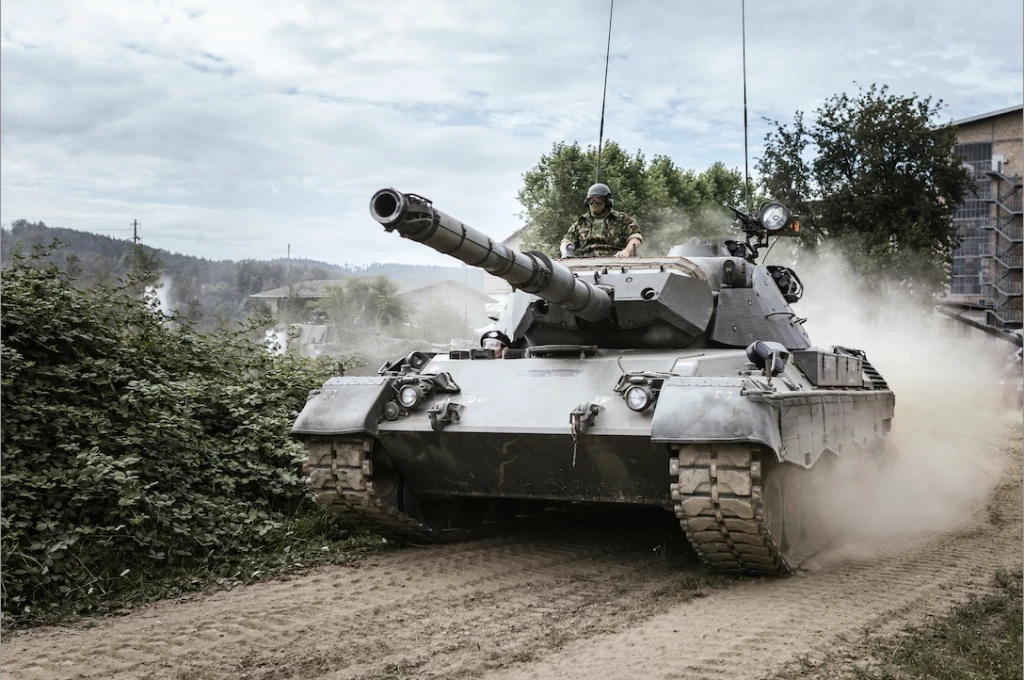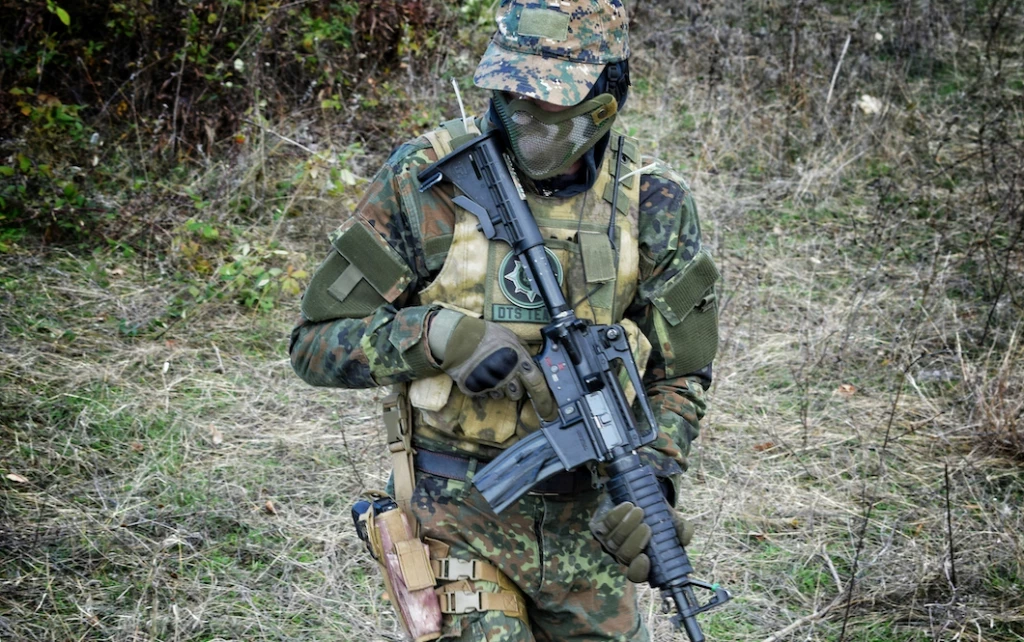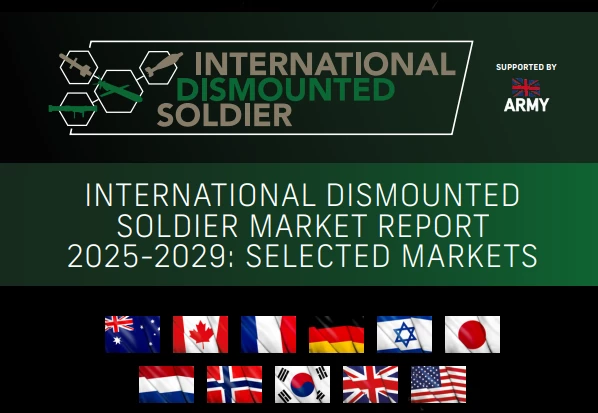Future Trends in Ground Warfare
Add bookmark
Land warfare is the primary and first domain of combat. And regardless of context, environment, or the relative strength of the combatants, there are two essentials—the need to sense and the need to deliver an effect. Sensing may mean finding the enemy or a weakness. Affecting may mean delivering fires upon locating the enemy or exploiting a weakness with maneuver.
Changes in ground combat revolve around these two needs; technology serves as the great influencer in their pursuit. Those that can most effectively integrate—not merely possess—technology have a distinct advantage. Technology may be as simple as a stirrup, enabling cavalry to more efficiently maneuver and fire or as complex as integrated layers of sensors that can find, identify, and track a target. While techniques and tactics certainly have their place, and technology by itself is no guarantor of success, when properly employed and integrated, it is often the game changer.
Technological improvements in lethality drive the centuries-old ground combat trend of increasing dispersion and distribution. Enhanced lethality demands increased dispersion, but can enable wider distribution. The first occurs as things and units in smaller and smaller groups are more easily found and destroyed.
The second occurs because the same lethality that dissuades concentration enables smaller, distributed units to use improvements in range, rates of fire, and precision to deliver the same effects that were once delivered by larger, massed units. This trend is very evident today.
Another key technology-enabled trend is increased sensing and precision. Missile weapons, beginning with slings and arrows and moving toward long-range cannons, rockets, and missiles have become the largest creator of casualties and destructive effects.
As ranges and lethality have grown, so too have the abilities to sense, identify, and target with increased precision. Area effect weapons are a product of two factors—lack of precision delivery and the inability to target precisely. Ground combatants are always searching for more efficient and effective ways to find and destroy the enemy with less cost and energy. What were once bespoke weapons saved for very important targets are becoming cheaper and ubiquitous.
Changes in lethality, dispersion, sensing, and precision are driving a third trend, the changing relationship between fire and maneuver. Depending on the technology and tactical systems of the day, fires have both served and been served by maneuver. Masses of marching pikemen defied fires until the ascendancy of gunpowder weapons. Those weapons were served by maneuver as units sought ways to move and mass their fires. As parity was reached in this endeavor, the fires of cannon and machine guns sought to create conditions under which maneuver could again occur…and so on.
Today, the ability of technology to increase the speed and effectiveness of kill chains is tilting the relationship from fires that enable maneuver to maneuver that enables fires. Such a shift challenges thinking about what constitutes tactical mobility.
In the past, an infantry force might possess greater mobility in the jungle than a mechanized force. While that might remain true, the ability to saturate the battlespace with sensors and deliver timely and precise fires means that much of the advantage conveyed to the infantry in the jungle is problematic—now they are just slow, not relatively faster than their opponents. Longer ranges, unmanned aerial systems, loitering munitions, and similar technology is eroding the preeminence of maneuver as the default decisive action of ground combat.
Of course, fires and maneuver are not binary choices. Both are required, and it is only the nature and weights of the relationship that change. Further, sensing and delivering fires remains difficult. The very technology that enables kill chains to be shortened is the same technology that makes them vulnerable to disruption. The technology that enables firing units to shoot from greater distances is the same technology that threatens to break the link between sensor and shooter. In some ways, a less capable fires system that remains reliable at the end of a telephone wire can be more effective than an amazing system that is unreachable 100km away.
It should be obvious that these trends, and the timeless requirement to sense and deliver effects, vary widely in application. While lethality continues to increase, employing it can become more or less problematic. Important influencers on ground combat include resources, environment, the law of war, and the importance of the combat to those fighting. How these ground combat trends affect forces in a war of choice can vary wildly from how they might influence those same forces in a war of survival.
It remains the duty of professional practitioners of warfare to remain aware of these trends and apply them to their own problem sets and conditions—and to guard against the temptation to let those same local problems and conditions blind them to the existence of such trends. They may be reminded of them in unpleasant ways.
























